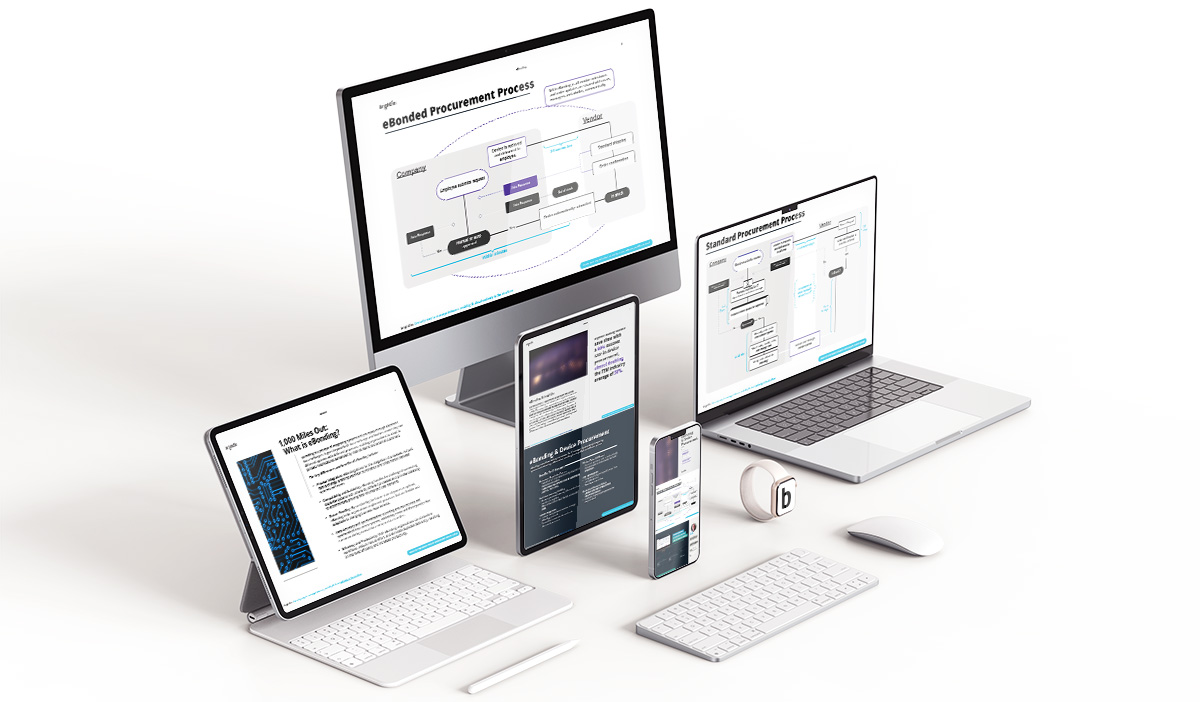Short on time? Check out our eBonding video or free resource.
What is eBonding?
It can seem like integrations are all over the place in the current IT landscape. In order to provide services to today’s customers, integrations are fundamental in supporting business needs both inside and outside organizations. And while most integrations are basic data exchanges, eBonding takes it a step further to integrate processes as well.
eBonding is nothing new. For the past few decades, the telecommunications industry has utilized eBonding to support large customers by connecting their ticketing systems together with protocols beyond just email exchanges. Today, more and more businesses are looking to take this more robust approach to provide better value and services.
And while it is nothing new, many organizations are still unsure how eBonding and ticket exchanges can help them. In this blog, we want to make it simple to understand why this process matters and how your organization can benefit.
How is eBonding different from other integrations?
Typical integrations between systems focus more exclusively on the exchange of data. It can be easy to think that eBonding is the same thing: sending data between two systems. And while at the core, that is correct, there is much more to uncover as well. eBonding integrations are more complicated and necessitate clear planning to ensure they will succeed. Successful eBonding allows organizations to more easily adapt to process modifications demanded by both internal teams and external customers.
eBonding becomes complex because organizations are often connecting two very different systems together, with inherently different processes. Another challenge with eBonding is scalability. Basic integrations often begin with data mapping, and while that is a good place to start, a key consideration is defining the many interactions or scenarios that take place within your organization and why eBonding is a good fit. You should be thinking about how the users of systems and applications on either side will have the accurate data they need at the correct time and what the capabilities of such data are.
With multiple systems interacting, it is key to think about how the two different systems currently operate and how you want them to interact moving forward. It is critical to do this step up front because once processes are implemented, it can be very difficult or impossible to change features or functions. Consider the future state of your processes to help smooth out the transition.
What questions do you need to consider?
A successful eBonding integration is composed of many differing elements that relate to how data is handled by individual systems, exchanged between them, and how these processes work together.
As an example, when bonding tickets together in different systems, data synchronization issues can arise if care is not taken to control when tickets can be modified. One of the key questions you should be asking in designing a ticket exchange integration is who will have ownership? You should consider who can update or change a ticket at any given moment? And then these controls should be built into the eBonding system.
Another key consideration is how your organization delivers a shared, cross-system view of elements like users, configuration items, locations, groups, and other supporting data around tickets. This referential data builds a web of context so that a user has access to the information they need to fix issues when they arise.
Some more questions you should be asking:
- How do we currently manage the process by which information is shared between systems?
- How will these processes be managed when the eBonding system goes live?
- In what order will data be updated, sent, and received?
- What if something goes wrong?
- How will the system alert you if data imports fail or if tickets aren’t getting through?
The details are what matters
This level of detail separates eBonding from other, more basic integrations. And while this can put eBonding above and beyond most other types of integrations, this shouldn’t just be complex for the sake of it. It is key that all of these elements are considered individually and collectively if eBonding is to be successful at your organization.






